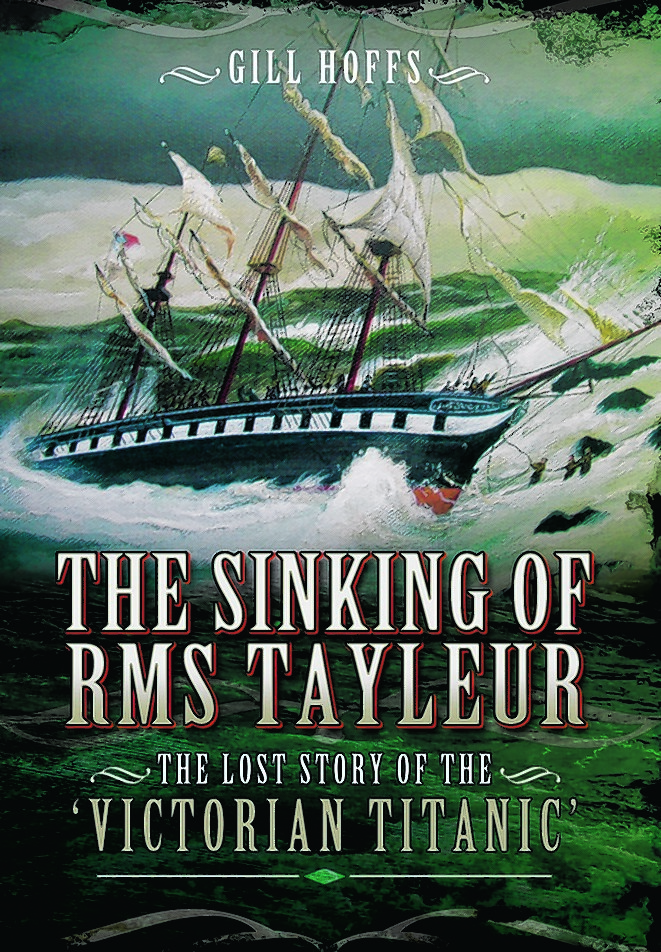Published by Pen & Sword
Almost 60 years before the world heard of the Titanic, the voyage of another White Star Line ship, RMS Tayleur, ended in tragedy.
Both Tayleur and Titanic were heralded as the most splendid ships of their time – and both sank in tragic circumstances on their maiden voyages.
On January 19, 1854 the Tayleur, the largest merchant vessel in the world, left Liverpool for Australia.
Packed with approximately 580 emigrants – 78 of them Scots including a Henderson family from Aberdeen, Thain family from Elgin and Wilson family from Inverness.
Her hold stuffed with cargo, the iron clipper was all set to race a wooden White Star Line vessel to the Antipodes but the ship’s revolutionary iron hull prevented its compasses from working.
Lost in the Irish Sea, a storm swept the Tayleur and the 650 people aboard towards a cliff studded with rocks ‘black as death.’
Of around 700 people on board only three children, three women and 284 men survived, despite the ship being so close to safety that the first few men to escape just jumped off the ship onto the rocks.
It’s thought the heavy, fashionable crinoline gowns the women wore led to so many female deaths because they became lethal when wet but the women were mainly below decks at the time of the wreck, and were told to keep quiet and in some cases, shut away in cabins.
On the 160th anniversary of the disaster, Gill Hoffs’ book reveals new theories behind the tragedy and tells the stories of the passengers and crew on the ill-fated vessel – it makes for fascinating reading.
Any readers who believe they may have a link to the tragedy can contact Gill at gillhoffs@hotmail.co.uk

